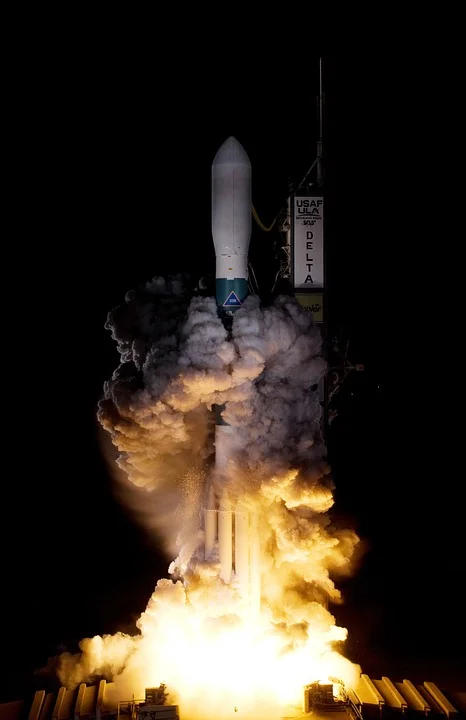Sentinel-6B: A Rising Tide of Hope in a Sea of Data
Okay, everyone, let's dive into something truly inspiring. I'm talking about the successful launch of Sentinel-6B. Yes, another satellite launch might seem like just another day in the 21st century, but trust me, this one’s different. This mission is part of a billion-dollar international effort, a collaborative effort, to meticulously monitor rising sea levels, and that, my friends, is a story worth getting excited about. We're talking about a cloud-penetrating radar system, launched on a Falcon 9, capable of measuring sea heights to within an inch across 90% of the world's oceans! When you think about it, it's like holding back the ocean with a measuring tape—a high-tech, incredibly precise measuring tape.
The launch itself, from Vandenberg Space Force Base, was almost poetic. A reusable Falcon 9 booster (B1097, making its third flight!) soaring into the California night sky, arcing towards a future where we understand our planet just a little bit better. I can almost picture the engineers, their faces illuminated by monitors, holding their breath as Sentinel-6B separated from the second stage, finally free to begin its crucial work.
The Bigger Picture: Seeing the Invisible
So, what’s the big deal? Why should we care about another satellite measuring sea levels? Well, let's zoom out for a second. We're living in an era defined by change, by challenges that seem almost insurmountable. But Sentinel-6B represents something profoundly important: our capacity to understand those challenges, to measure them, and therefore, to address them.
Think about it: rising sea levels aren't some abstract threat. They impact navigation, search and rescue, commercial fishing, shipping, and coastal infrastructure. This data underpins flood predictions, informs real estate decisions, and even affects energy storage sites along our shorelines. Sentinel-6B, working in tandem with its predecessor, Sentinel-6 Michael Freilich, is providing the data we need to make informed decisions, to protect our communities, and to build a more resilient future. It's about empowering us with knowledge, turning the invisible threat into a measurable, manageable problem.

And here's where it gets really interesting. The data collected by Sentinel-6B isn't just about monitoring sea levels. It's about understanding the inner workings of the ocean, the complex currents and wave patterns that shape our world. It's like having a high-definition map of the ocean's circulatory system, allowing us to predict and prepare for changes with unprecedented accuracy. How amazing is that?
This is the kind of breakthrough that reminds me why I got into this field in the first place. The ingenuity, the collaboration, the sheer audacity of launching a satellite to measure something as vast and dynamic as the ocean—it's inspiring. Of course, with great power comes great responsibility. This data could be used for good, to protect vulnerable communities, or it could be used for less noble purposes. It's up to us to ensure that this knowledge is used wisely, ethically, and for the benefit of all.
The fact that the mission is a joint effort between NASA, the European Space Agency, and other international organizations speaks volumes. It's a testament to the power of collaboration, to our shared commitment to understanding and protecting our planet. It’s almost a modern-day equivalent of the scientific revolution sparked by the printing press—except instead of spreading ideas through ink, we’re spreading data through the cosmos. What other secrets are hidden in the rising tides? What breakthroughs await us as we continue to explore and understand our planet?
A Future Measured in Hope
This mission isn't just about data; it's about hope. It's about our capacity to face the future with knowledge, with resilience, and with a shared commitment to protecting our planet. It's about turning the tide, one measurement at a time.
